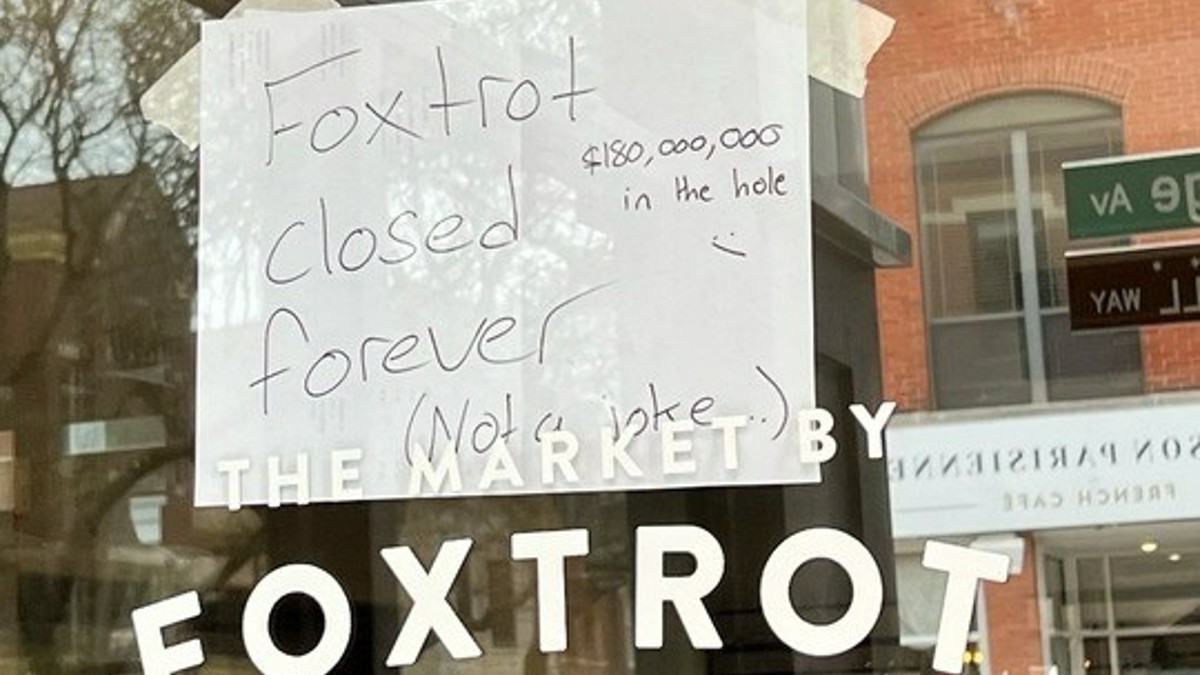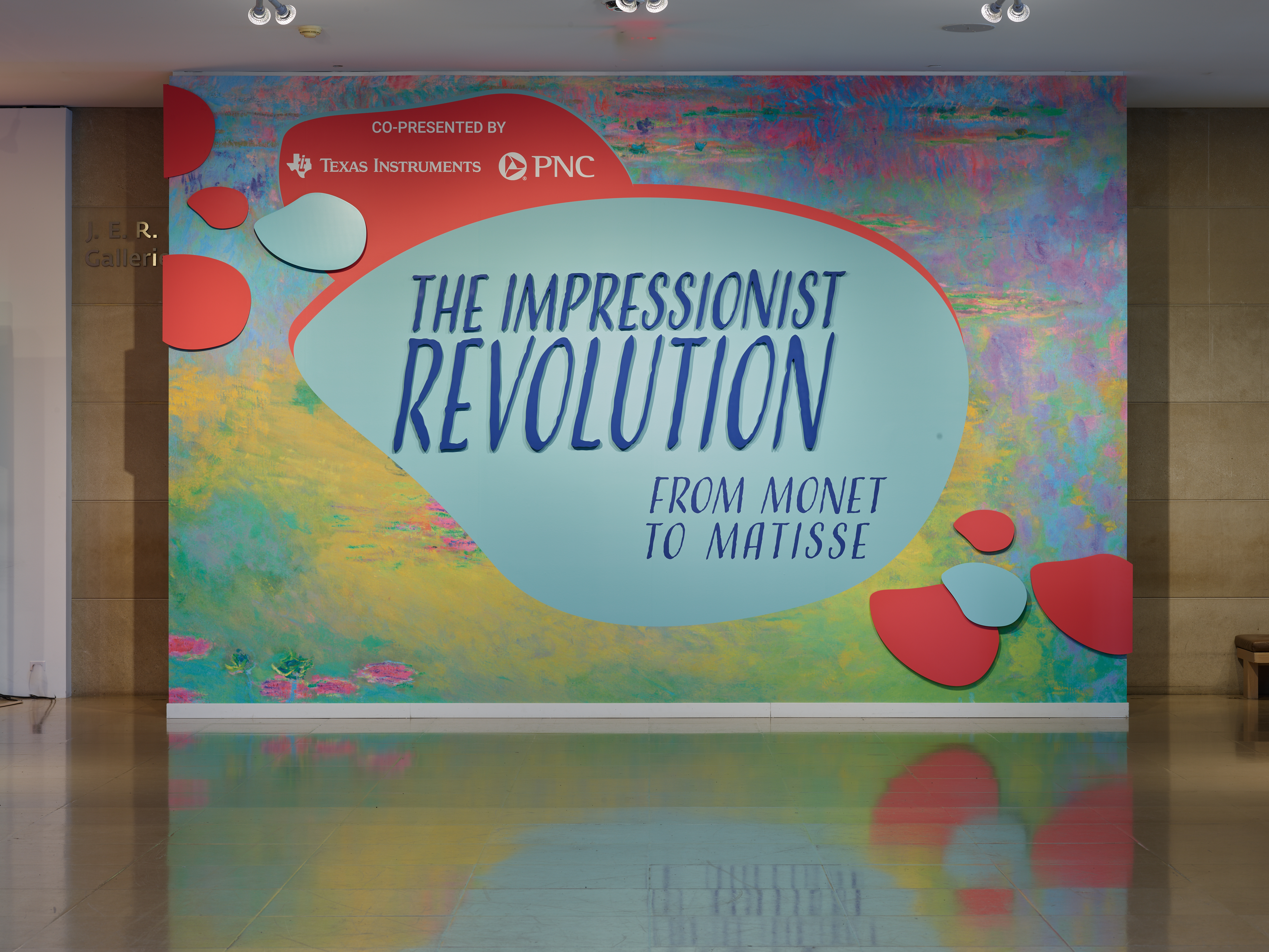For a musicologist like Zachary Wallmark, Ph.D., attending the Music and the Brain symposium at the Dallas Symphony Orchestra's SOLUNA International Music and Arts Festival is a must.
"What always strikes me about it is it's ability to bring together top-notch science and the leading neuroscientific scientific minds out there and the general public in a way that is both of the highest caliber in terms of scientific background and credentials but doing so in a way that also brings together the community and really illustrates the universality of music," Wallmark said.
This year, the assistant professor of musicology at Southern Methodist University will be presenting his work, "Music, Empathy and the Brain," at the symposium on April 17 at the Moody Performance Hall in the Dallas Arts District.
The symposium will also include presentations by Jessica Grahn, Ph. D. talking about groove and movement and its relationship to health and Edward Large, Ph.D discussing brain rhythms and musical rhythms. The event will also feature several musical performances.
This jazz bass player fell in love with neuroscience in graduate school and combined his interest in writing, research and music to study music in history and culture. At SMU, he holds a faculty position in psychology and is the director of the university's MuSci Lab. He is a co-editor of "The Relentless Pursuit of Tone: Timbre in Popular Music."
"What I'll be talking about at SOLUNA is another aspect of my research, which is the role of empathy in how we listen to music and process the arts in general," Wallmark said.
His core question is intriguing.
The Scene
"If music is basically a form of social communication, then we would expect that people who are more empathetic in the way they deal with the social world might process music differently on a neurological level than people who are not as empathetic socially," Wallmark said.
Wallmark studied 20 individuals, interviewing them about their music preferences, evaluating their empathetic natures, and scanning their brains as they listened to music.
"Lo and behold, the higher empathy people in the social realm process music differently. They use different parts of the brain when they are just making sense of music. This tells us that there could be some relationship between how we process music at the neuro level and how we process our social environment," Wallmark said.
To explain the implications of his research, Wallmark will discuss why humans engage in musical activities.
"What I'm going to be talking about is an argument that has emerged over the last number of years that points to its social powers: its ability to bond communities, strengthen cohesion, and create social connections," Wallmark said. "It requires a degree of empathy."
Could music make someone more empathetic? Wallmark says that requires more study. He argues how a person processes music may indicate how that person perceives another culture. He points to 19th century opinions of African American music, as the nation reevaluated the morality of slavery.
"You can see this perfect correlation between where people stand on issues of emancipation and empowerment with how people are hearing this music. Are they hearing beautiful music? That tracks very strongly with being empathetic towards the condition of these people. Music can serve as a humanizing function," Wallmark said.
Wallmark's research indicates a musician's performance is a social engagement. "When you're making music, you aren't just creating this object of contemplation," Wallmark said. "Music is an activity, more so than it is an object. It's more of a verb than a noun and specifically, it is a social activity. We make music to create a shared experience, to bring people in."
Audiences play a key role in creating art.
"No artistic work exists in a vacuum. It's deeply embedded with the context of how people perceive it, the context of audiences and what individual audience members and communities are going to bring to that event," Wallmark said.
Understanding the role of empathy and audience engagement reframes how an arts organization approaches its patrons. A cultural institution is doing more than offering a product.
"This is actually a social text. This is an invitation for a relationship. When you are listening, when you play a piece of music, you are engaging in this kind of dialogue or this relationship with the past, with your present audience, with your present moment, with your co-creators," Wallmark said. "But all of these levels of relationship are social relationships."
In those relationships lies the power of music. "It is not the musician's mind and your mind as an audience member as two separate distinct entities. It creates this new shared mind that is kind of a combination of the two," Wallmark said. "There is a shared experience that arises that is bigger than the sum of its parts."



